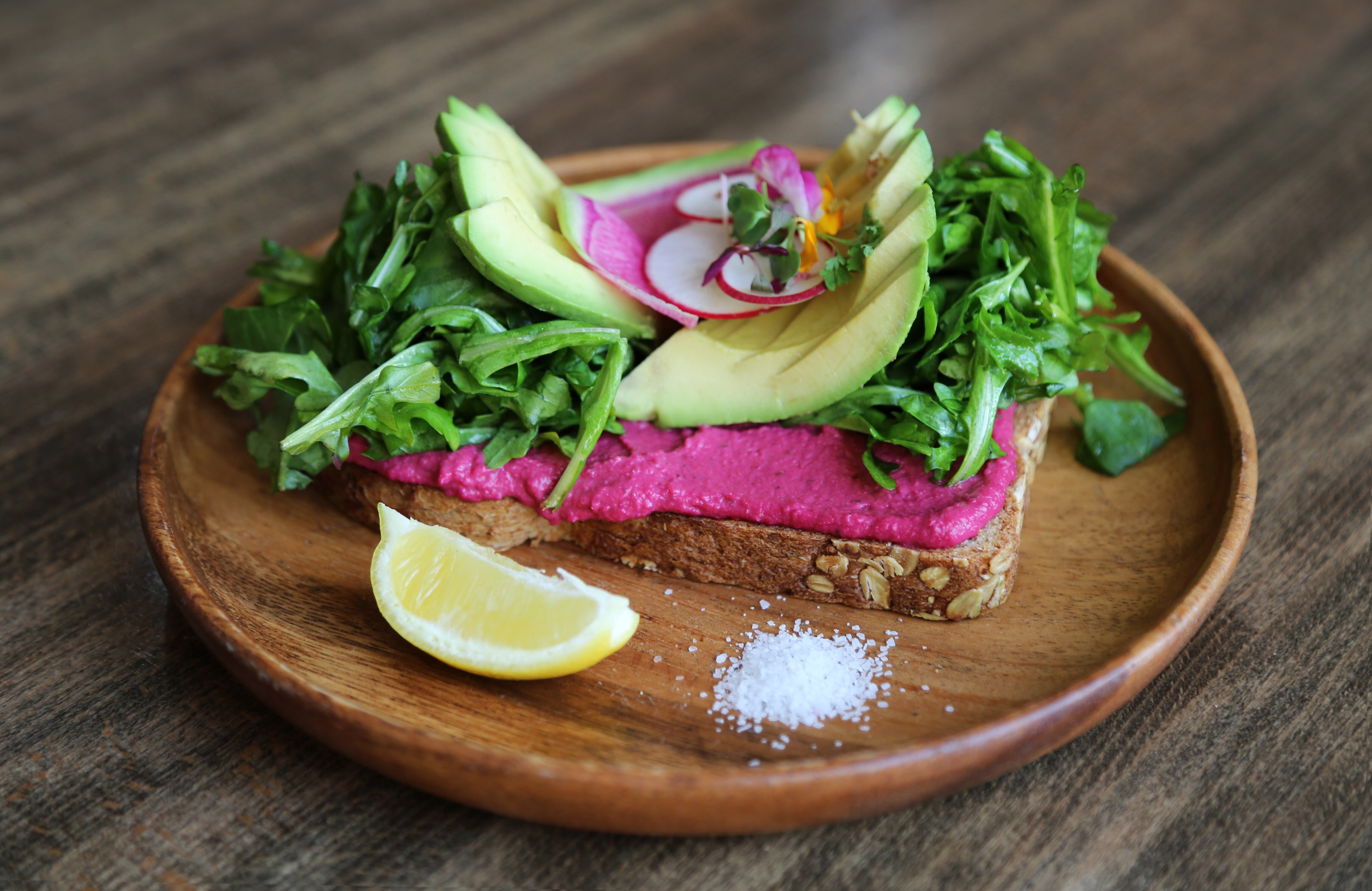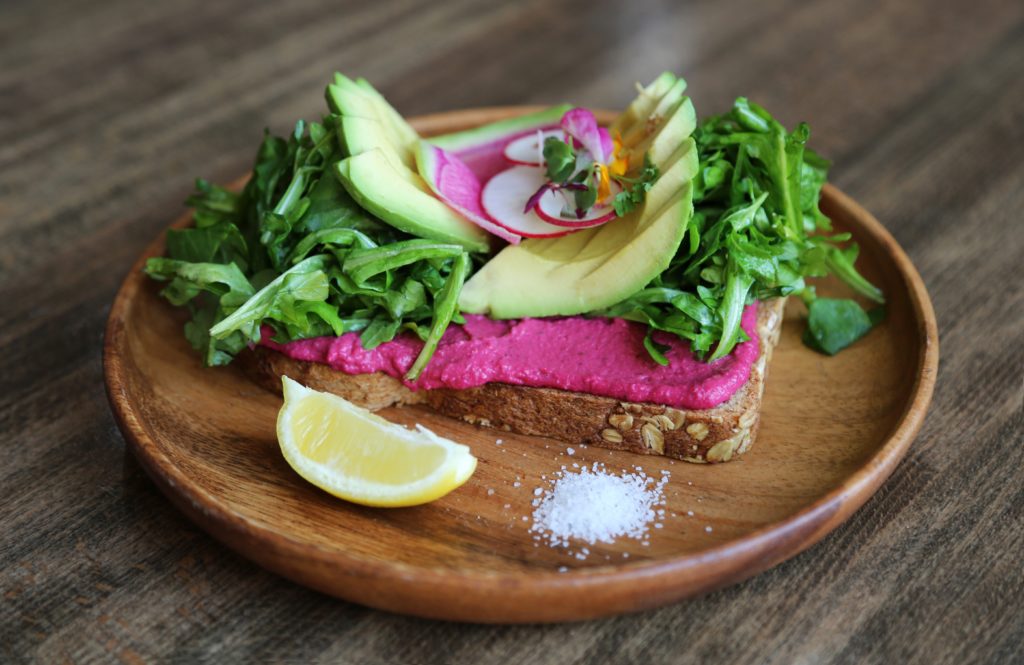

We all know fibre is an important part of a healthy diet. In addition to keeping us regular, dietary fibre helps us to maintain a healthy body weight and can improve our cholesterol and blood sugar levels. It can even lower our risk of Type 2 diabetes, heart disease and some types of cancer. So, we get it. We need to eat more fibre.
But that doesn’t mean we have to constantly be chowing down on a loaf of bread or sucking back bowls of bran flakes. There are many sources of fibre you can use to increase your dietary intake, so get creative!
Soluble Fibre Sources
Soluble fibre dissolves in water and helps soften stools. It’s great for your gut health and can help lower your blood cholesterol and glucose levels. Some healthy dietary sources of soluble fibre include:
- Apples
- Apricots
- Avocados
- Barley
- Beans (black beans, lima beans and kidney beans in particular)
- Broccoli
- Brussels Sprouts
- Carrots
- Citrus Fruits
- Figs
- Flaxseeds
- Guavas
- Hazelnuts
- Lentils
- Nectarines
- Oats
- Pears
- Peas
- Psyllium
- Sunflower Seeds
- Sweet Potatoes
- Turnips
Insoluble Fibre Sources
Insoluble fibre does not dissolve in water so it helps move material through your digestive system, bulking up stools and preventing constipation. Some healthy sources of insoluble fibre include:
- Avocados
- Beans
- Berries (raspberries, blueberries and strawberries in particular)
- Cauliflower
- Coconut
- Flaxseed
- Green Beans
- Leafy green vegetables (spinach and kale)
- Lentils
- Lima beans
- Nuts
- Okra
- Potatoes
- Skin of fruits (apples, pears, plums)
- Starchy vegetables (corn, potatoes, squash, green peas)
- Wheat bran
- Whole-wheat flour
Of course, the amount of fibre varies in different dietary sources, so it’s important to eat a wide variety of fibre-rich foods. According to Health Canada, men require 38 grams of fibre per day and women require 25 grams, but most Canadians currently get only half this amount. We can do better!

